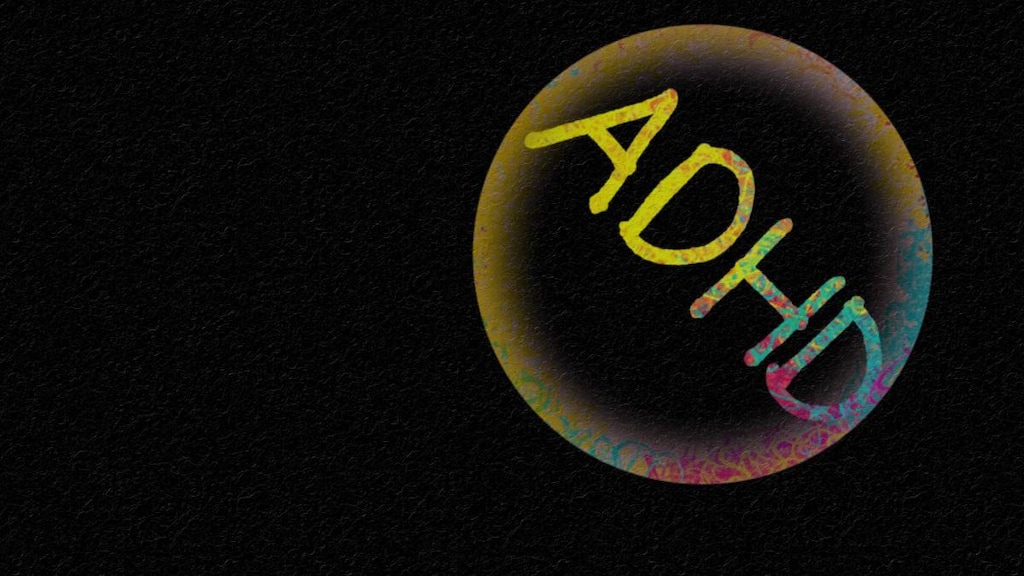
What is attention deficit hyperactivity disorder (ADHD)?
Attention deficit hyperactivity disorder (ADHD) is a common behavioral disorder diagnosed in roughly 10 percent of school-aged children and adolescents.
There are three main subgroups of ADHD:
- Predominantly inattentive ADHD: inattention is the main characteristic, daydreaming is common
- Predominantly hyperactive/impulsive ADHD: hyperactivity and impulsiveness predominate
- Combined ADHD: all three behaviors (inattention, hyperactivity and impulsiveness) are present
What are the symptoms of ADHD?
Each person varies in the severity and frequency of their symptoms. Originally it was thought that ADHD was more common in boys; however, experts believe girls are more likely to present with inattentive characteristics and are less likely to be diagnosed with ADHD. ADHD occurs across all races and socioeconomic groups.
Symptoms can be grouped depending on the predominant behavior.
Examples of inattentive behavior include:
- Being easily distracted
- Daydreaming
- Disorganization
- Making silly mistakes
- Often late
- Short attention span
Examples of hyperactive behavior include:
- Constantly moving
- Fidgeting
- High energy levels
- Restlessness
- Trouble sitting still
- Trouble switching off/sleeping
Examples of impulsive behavior include:
- Acting without thinking
- Blurting out answers/secrets
- Interrupting
- Prone to accidents
Other symptoms that are common to people with ADHD include:
- Creativity
- High Intelligence
- Delayed social maturity
- Enthusiasm
- Sensitivity
What causes ADHD?
The causes of ADHD are not fully known, but research is actively ongoing. There does appear to be a link between a family history of ADHD (genetics) with over 25% of children diagnosed with ADHD also having a relative with the condition. There is also an 82% chance that identical twins will both have ADHD if at least one of them has the condition compared to a 38% chance among fraternal twins.
Other factors that have been identified as possibly contributing to ADHD include:
- Brain injury from a traumatic event (eg, stroke, head trauma, tumor)
- Exposure to lead after birth
- Low birth weight
- Fetal exposure to alcohol or cigarette smoke
- Herbicides
- Pesticides
There is no evidence that poor parenting, certain foods, sugar, or vaccinations cause ADHD.
How is ADHD diagnosed?
If your child has symptoms suggestive of ADHD then talk with your doctor or pediatrician. They will talk with you, your child, and possibly your child’s school and ask questions that focus on:
- Ability to control emotions
- Attentiveness
- Focus
- Home and school relationships
- Hyperactivity
They will ask if you have any relatives who have been diagnosed with ADHD. Most cases of ADHD are diagnosed at age 7 or 8, but symptoms may begin sooner. ADHD usually persists into adulthood; however, by then many people with ADHD have learned how to manage their symptoms better so the condition may not be as noticeable.
How is ADHD treated?
Behavioral education should be considered as first-line treatment for any case of ADHD, particularly in children aged less than 6 years of age, or in those with mild symptoms, or if the family prefers this option over drug therapy.
Pharmacological treatments for ADHD include:
- Atomoxetine
- Amphetamine and dextroamphetamine salts
- Methylphenidate
- Other treatments, such as clonidine or guanfacine




